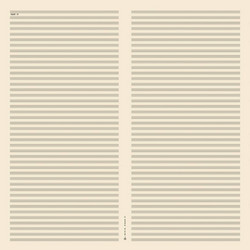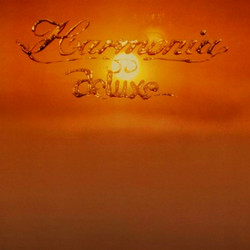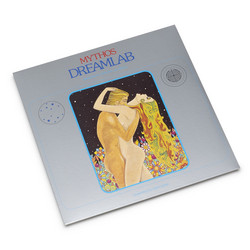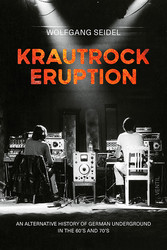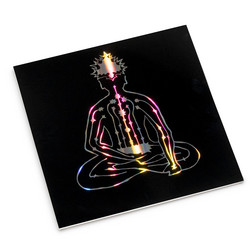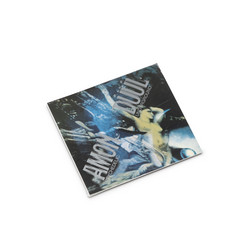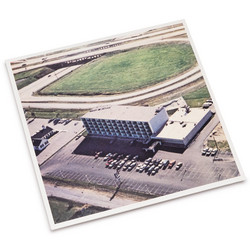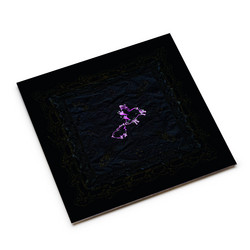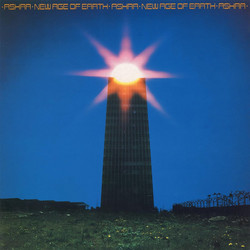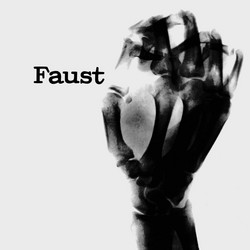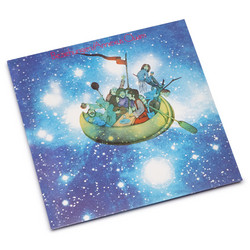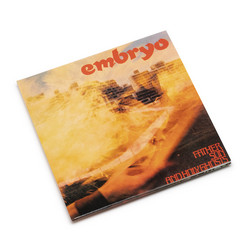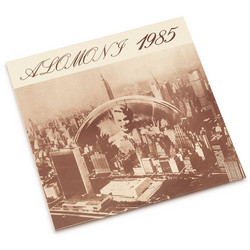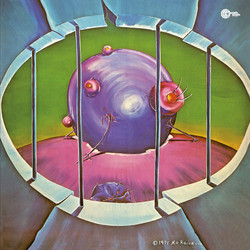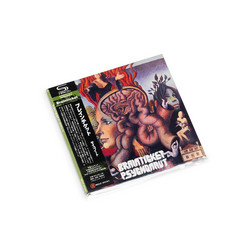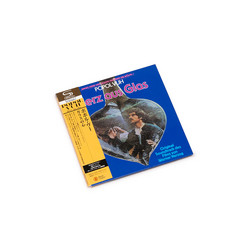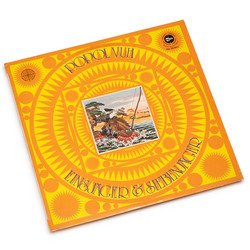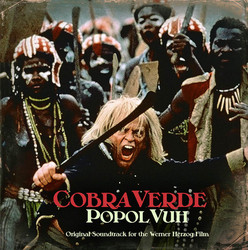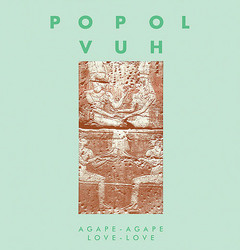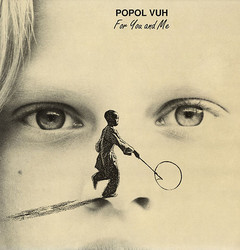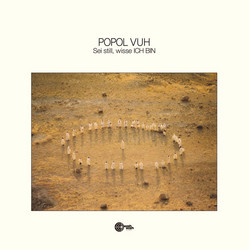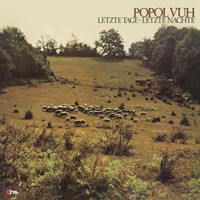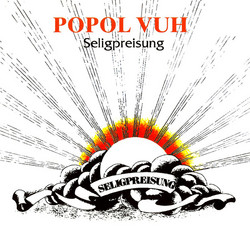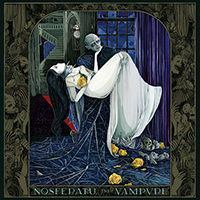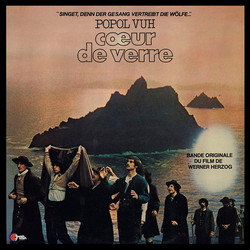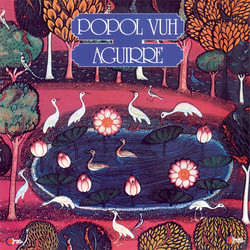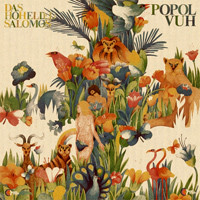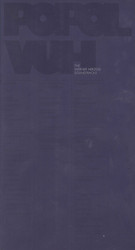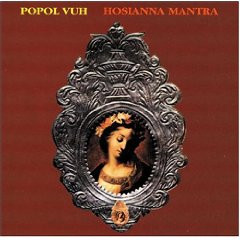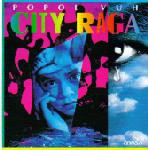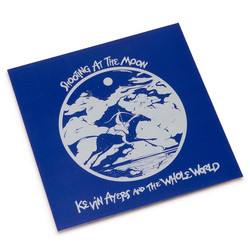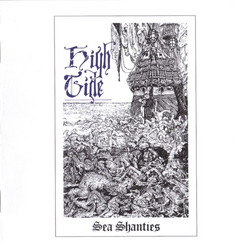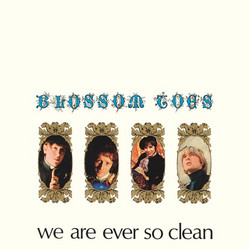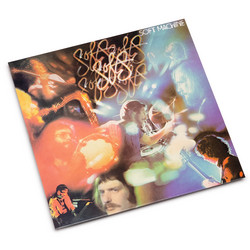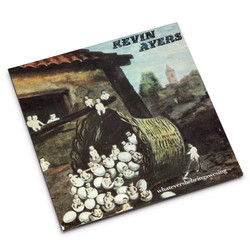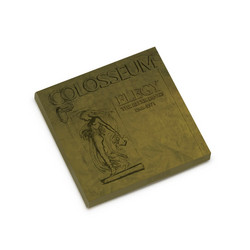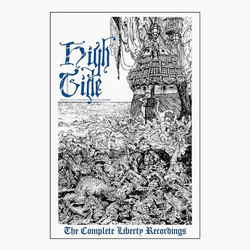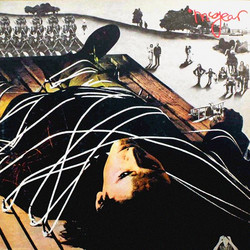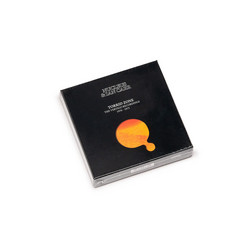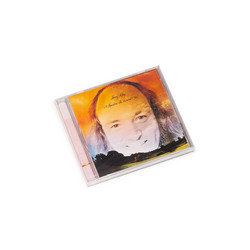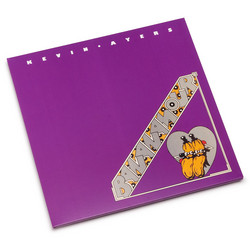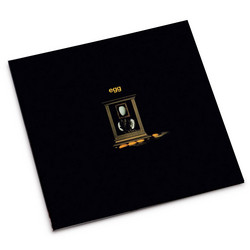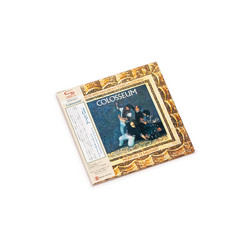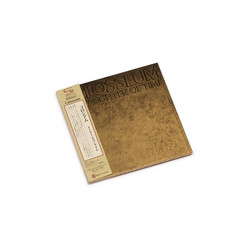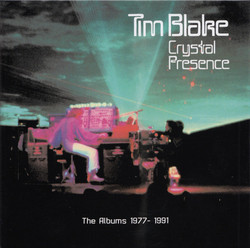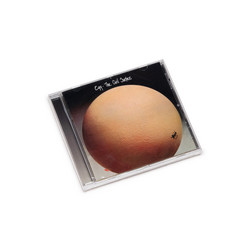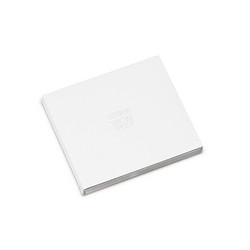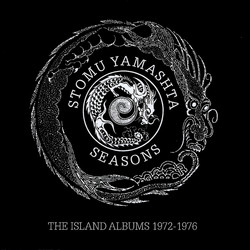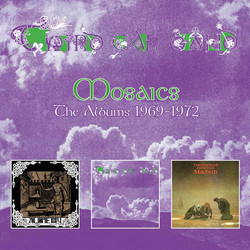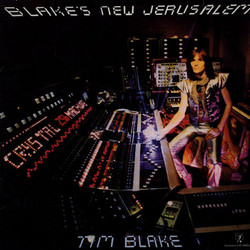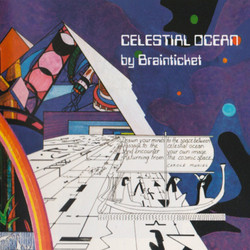Newly remastered vinyl edition of this seminal 1972 release. In the history of experimental music, few artistic decisions have proven as radical or as successful as Florian Fricke's complete abandonment of electronic instrumentation on Popol Vuh's third album, Hosianna Mantra. Released in 1972, this stunning work represents not just a departure from the Moog synthesizer explorations that defined the group's first two releases, but a complete reimagining of what spiritual music could accomplish in the hands of a true visionary. Where In den Garten Pharaos had demonstrated the transcendent possibilities of electronic meditation, Hosianna Mantra reveals Fricke discovering even deeper reservoirs of meaning through acoustic instrumentation. Piano, oboe, and tambura combine with the evocative vocals of Korean singer Djong Yun and guitar contributions from Conny Veit to create what remains one of the most inspiring and beautiful works to emerge from Germany's remarkable 1970s underground.
The album's opening movements immediately establish the profound shift in Fricke's artistic vision. His piano work unfolds with the patience of prayer, each note carefully placed and allowed to resonate in the sonic space before the next intervention. This isn't piano as virtuosic display, but as vehicle for genuine spiritual expression - each phrase emerging from silence and returning to silence with the natural flow of breath itself.
Djong Yun's vocal contributions represent one of the album's most remarkable achievements. Her voice becomes another instrument in Fricke's carefully constructed sonic environment, weaving through the acoustic textures with an otherworldly quality that never feels forced or exotic. This is East-West fusion achieved at the highest level - not as cultural tourism, but as genuine synthesis emerging from deep understanding and respect. The inclusion of the tambura proves particularly inspired, providing a constant drone foundation that anchors the more melodic elements while creating the kind of harmonic suspension essential to transcendental music. Veit's guitar work complements rather than competes with these textures, adding subtle colorations that enhance the overall atmosphere without drawing undue attention to themselves. What makes Hosianna Mantra so compelling nearly five decades later is its complete commitment to its spiritual vision. This is music made by someone who understood that the most profound experimental statements often emerge not from technological innovation, but from the deepest human impulses toward meaning and connection. Every element serves the music's transcendent purpose rather than displaying individual virtuosity.
The album's fusion of ethnic, classical, and ambient influences creates something genuinely unique in the experimental music canon. While contemporaries like Terry Riley and La Monte Young were exploring similar territories, Fricke's achievement lies in his ability to synthesize these influences into something that feels completely organic and inevitable rather than intellectually constructed. The production quality captures every nuance of the music's delicate architecture while maintaining the sense of space essential to its effect. The interplay between instruments unfolds with crystalline clarity, yet the overall sonic picture retains the warmth and humanity that separates great spiritual music from mere technical achievement.
Hosianna Mantra stands as one of the finest works in the Popol Vuh catalog and continues to be held in high regard by critics and aficionados for excellent reasons. This is music that operates outside conventional categories, creating its own aesthetic space where beauty and meaning converge with rare perfection. This Esoteric Recordings reissue, cut at Abbey Road Studios and replicating the original artwork, offers the perfect opportunity to encounter one of experimental music's most overlooked masterpieces in optimal conditions. In an era when spirituality and experimental music often feel like opposing forces, Fricke's vision of acoustic transcendence feels more necessary than ever.
Hosianna Mantra stands as proof that the most radical experimental statements sometimes emerge from the most ancient human impulses. This is music as prayer, as meditation, as pathway to something beyond the merely musical.




